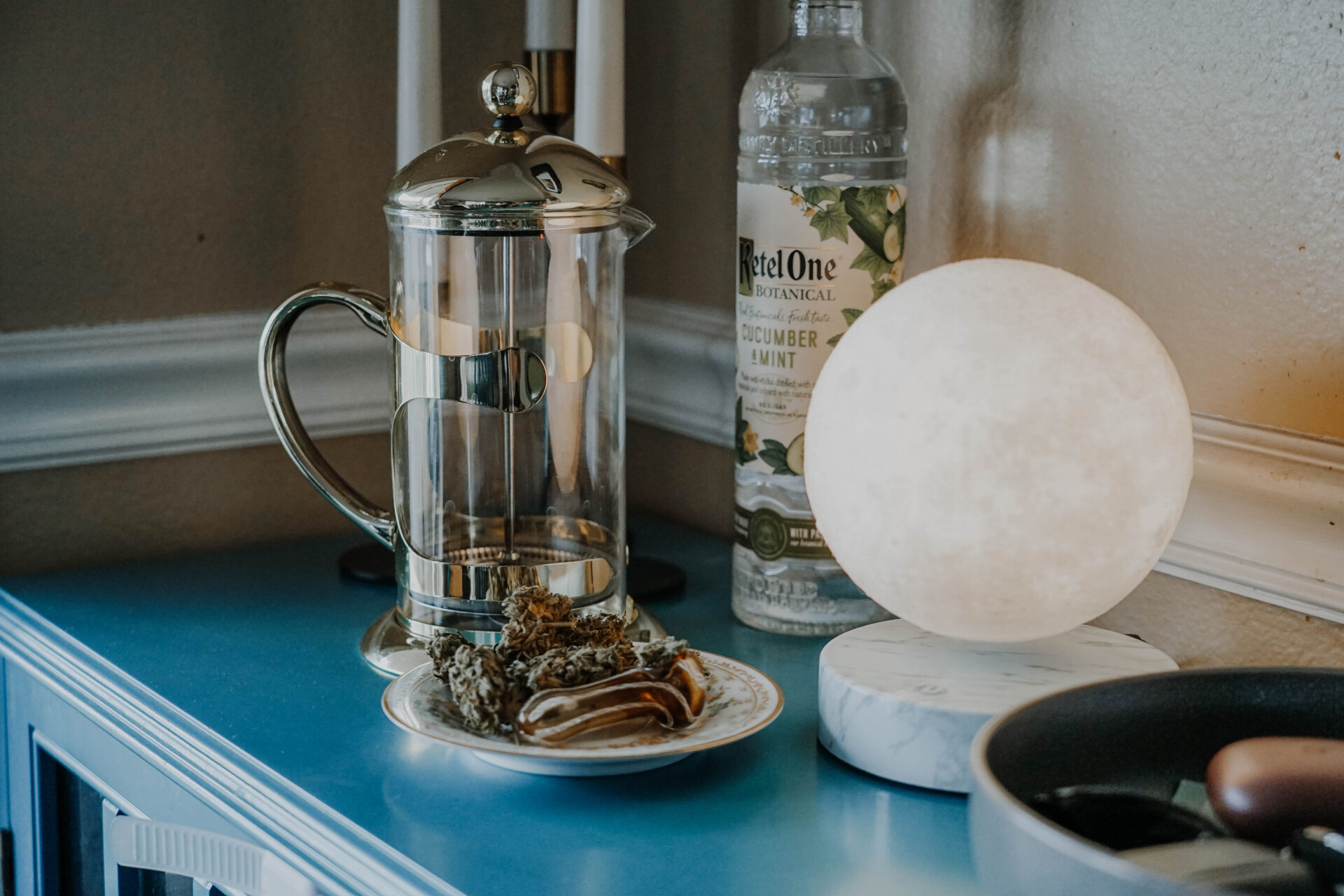Golf balls are small but complex objects that play an important role in the game of golf. While the outside of a golf ball is well known, many people don’t know what the inside of a golf ball looks like. In this article, we’ll take a closer look at the internal components of a golf ball and explain how they contribute to its performance on the course.The inside of a golf ball is composed of a solid core, usually made from a synthetic rubber material. The core is surrounded by several layers of thin elastic sheeting, called the “mantle.” The mantle is then covered with a durable outer cover, typically made from a plastic material called “ionomer.” The dimples on the surface of the golf ball are designed to create turbulence in the air and reduce drag, which helps improve accuracy and distance for the player.
Different Types of Golf Balls
Golf balls come in a variety of shapes, sizes, and materials. The type of ball used can affect the performance of the golfer, depending on the individual’s skill level and playing style. Common types of golf balls include two-piece, three-piece, four-piece, and hybrid golf balls.
Two-piece golf balls are generally cheaper and have a harder cover. They are ideal for novice players as they offer less spin and more distance. The solid core helps to reduce slicing or hooking shots.
Three-piece golf balls provide more spin than two-piece balls due to their softer covers that compress at impact. This allows for higher control and accuracy when approaching the green. These balls may be designed with either a solid core or one with multiple layers that provide more spin and control off the tee.
Four-piece golf balls are usually the most expensive option on the market but can offer maximum performance for those looking to take their game to the next level. They have an inner core surrounded by two layers of rubber that provide greater control over distance and accuracy when hitting off the tee or into greens from long distances. Four-piece golf balls also provide more spin on shots around the green for precise shot execution.
Hybrid golf balls combine features from both two-piece and three-piece designs for a blend of control, distance, and spin capabilities that appeal to recreational players as well as professionals alike. These golf balls are usually ideal for players looking to improve their game without sacrificing performance on any one aspect of their game.
No matter which type of ball you choose, it’s important to consider your skill level before making a purchase decision as each type offers its own unique benefits depending on your playing style.
Ultimately, selecting the right ball is an individual decision based on personal preferences so experiment with different types until you find the one that works best for you!
Core Materials Used in Golf Balls
Golf balls are made up of several materials, but the main component is the core. The core material determines how the ball functions and its resulting performance. The two most common core materials used in golf balls are rubber and balata. Both of these materials have different properties that offer different benefits to the golfer.
Rubber is a highly durable material that is generally used in two-piece golf balls. It has a hard outer surface and a soft inner layer, which helps to provide a great deal of distance. Its resilience also helps to reduce spin, making it an ideal choice for novice players or those who want to maximize their distance off the tee.
Balata is another popular core material used in golf balls. It is softer than rubber but still provides quite a bit of durability. Balata golf balls typically have more spin when compared to those made from rubber, so they are often preferred by better players who can control their shots better with this added spin. They also offer improved feel around the green and when putting, which can be beneficial for experienced players looking for more control over their shots.
Overall, both rubber and balata cores offer different benefits that can be useful for different types of golfers. Experienced players will likely prefer balata for its added spin and feel around the green, while beginners may choose rubber to get more distance off the tee or reduce spin on their shots.
Therefore, it’s important to understand the differences between these core materials in order to choose a golf ball that will best suit your game and playing style.
Compression Ratings and Golf Ball Design
The compression of a golf ball is the measure of how much the ball compresses when it is hit. This measurement is important in understanding how the ball will respond when it is struck. A higher compression golf ball will tend to feel harder and travel farther, while a lower compression golf ball will be softer and less likely to travel as far. The design of a golf ball can also affect its compression rating, as different materials and construction techniques can provide different levels of compression.
Golf balls typically have a range of compression ratings between 30-100. Most recreational players use golf balls with a compression rating between 70-90, while professional players may use balls with even higher ratings for maximum performance. Players who are looking for more distance off the tee may choose to use golf balls with higher compression ratings, while players who are more concerned about accuracy may opt for lower compressions.
The design features of a golf ball can also affect its compression rating. For example, some balls feature an outer layer or mantle made from softer materials such as urethane or rubber that helps reduce spin and increase distance. Other designs may include multiple layers that help to control the spin rate of the ball and provide more control over where it goes when it’s struck. Additionally, some designs feature cores made from materials such as titanium or tungsten that offer higher levels of energy transfer from club head to ball for greater distance potential.
Overall, the most important factor in choosing a golf ball is finding one that offers the performance characteristics desired by each individual player. Compression ratings are just one factor to consider when making this decision, but understanding how they affect performance can help players make more informed decisions about which type of ball to use for their game.
Distance and Spin Properties of Golf Balls
The performance of a golf ball is determined by its distance and spin properties. Distance is determined by a combination of factors, including the construction of the ball, the clubhead speed of the golfer and the launch angle. Spin is determined by how much backspin or sidespin is imparted on the ball at impact. Both distance and spin can be affected by factors such as temperature, humidity, wind speed and playing conditions.
A golf ball’s construction affects its distance and spin performance. Generally speaking, golf balls with a higher compression rating are better suited for players with higher swing speeds, while softer compression balls are better for lower swing speeds. The compression rating also affects how much backspin or sidespin can be imparted on the ball at impact; generally speaking, higher compression balls tend to produce more backspin than softer balls.
The clubhead speed of the golfer also affects how far a golf ball will travel and how much spin it will have. Higher swing speeds will generate more distance and more backspin than lower swing speeds; however, too much clubhead speed can cause a golfer to lose accuracy due to excessive spin rates or off-center hits.
The launch angle of a golf ball is another factor that affects its performance in terms of both distance and spin. A low launch angle will generate less lift force on the ball as it travels through the air, resulting in less overall distance but more spin on approach shots. Conversely, a high launch angle will generate more lift force on the ball resulting in more overall distance but less spin on approach shots.
Finally, environmental factors such as temperature, humidity, wind speed and playing conditions can also affect both distance and spin properties of a golf ball. Temperature affects both trajectory height and trajectory carry; higher temperatures tend to produce lower trajectories with less carry while lower temperatures tend to produce higher trajectories with greater carry. Humidity has an effect on how much lift force is generated on contact with the clubface; generally speaking, higher levels of humidity tend to reduce lift force while lower levels increase it. Wind speed has an effect on both trajectory height and trajectory carry; stronger winds tend to reduce cushioning effect from wind resistance which reduces overall distance but increases overall spin rate.
In conclusion, there are many factors that affect both distance and spin properties of a golf ball including construction type, clubhead speed, launch angle as well as environmental factors such as temperature, humidity and wind speed. By understanding these factors one can optimize their equipment setup for maximum performance when playing golf.

How to Choose the Right Ball for Your Game
Choosing the right ball for your game is an important part of ensuring that you have a successful experience. There are many different types of balls available on the market, and each one has its own unique features and benefits. It is important to understand the differences between each type of ball before making your selection. Here are some tips to help you choose the right ball for your game:
Consider Your Skill Level
When selecting a ball for your game, it is important to consider your skill level. Different types of balls are designed with varying levels of play in mind. For example, a novice player may benefit from a larger ball with less bounce, while an experienced player may prefer a smaller and more responsive ball. Consider what type of play you are looking for when selecting a ball for your game.
Pay Attention to Construction Materials
The materials used in the construction of a ball can affect its performance. For example, some balls are made with synthetic materials such as polyurethane or rubber, while others are made from natural materials such as leather or wool. Depending on the type of surface you will be playing on, different materials may perform better than others. Make sure to do some research before choosing which type of material is best for your game.
Look at Weight and Size
The weight and size of a ball can also have an effect on its performance. Generally, lighter balls tend to travel further distances than heavier ones, while larger balls can provide more control over their trajectory when thrown or kicked. Consider what size and weight will work best for the type of game you intend to play when selecting your ball.
Choose Quality Over Price
When shopping for a new ball it is important to remember that quality should take priority over price. While cheaper balls may be tempting, they often lack durability and may not last as long as higher quality options. Take into account how often the ball will be used when deciding how much money you should spend on it so that it will hold up over time and provide consistent performance during gameplay.
Choosing the right ball can make all the difference in having an enjoyable experience while playing any sport or game. Consider these factors before making your selection so that you can find the perfect one for your needs!
Cover Materials Used in Golf Balls
Golf balls are made up of many different components, but the cover material is an important factor in their performance. The cover material determines the ball’s feel and spin, as well as its durability. There are a variety of materials used to make golf ball covers, each providing unique characteristics.
The most common type of cover material is urethane. It is a soft, elastic material that offers excellent spin control and feel on short shots. Urethane covers are also very durable and can withstand repeated impacts with clubs or rocks without damage. Other materials used for golf ball covers include thermoplastic elastomers (TPE) and ionomers. TPE provides a softer feel than urethane and has good durability, while ionomers offer excellent spin control but can be less durable than other materials.
Golf ball manufacturers are always looking for ways to improve the performance of their products. Recently, there has been an increase in the use of multi-layer covers to provide golfers with more performance options. These multi-layer covers combine different materials to create a ball with enhanced spin control and feel on shots around the green.
No matter what type of cover material is used, it is important that it provides a soft feel while also being durable enough to withstand repeated impacts from clubs or rocks without damage. Golfers should always consider the type of cover material when selecting a golf ball as it can have an impact on performance and overall playability.
Dimples and Their Role in Flight Characteristics
The dimples on a golf ball are not just for looks. In fact, dimples on a golf ball are designed to improve its aerodynamic characteristics and increase the distance it can travel. Dimples also play an important role in flight characteristics of aircraft. Dimpling the surface of a wing or other aerodynamic surface helps to reduce drag and improves lift performance. This is because dimples create turbulence in the air around them, which helps to disrupt the flow of air and create pockets of low pressure. This low pressure helps to lift the aircraft up into the air, making it easier to fly and increasing its range and speed.
Dimpling also has implications for airfoil design. Airfoils are curved surfaces designed to help generate lift when moving through the air. By dimpling an airfoil, engineers can increase its effectiveness by creating more pockets of low pressure. This is especially important for high-performance aircraft, such as fighter jets, where every bit of lift counts in order to achieve maximum performance.
Dimples can also be used on propellers in order to reduce drag and increase efficiency. The dimpled propeller blades create turbulence in the air around them, reducing drag and allowing more power from the engine to be used for propulsion rather than overcoming drag from the propeller blades. Dimpling is also used on rocket propellants, as it helps improve their performance by reducing drag and improving thrust efficiency.
In conclusion, dimples play a key role in improving flight characteristics by reducing drag and increasing lift performance across a variety of applications ranging from golf balls to fighter jets. Dimpled surfaces are an essential part of aerodynamic design that helps make flight possible.

Conclusion
The inside of a golf ball is incredibly complex and intricate. The core is made up of a rubber-like material, and the cover is made up of multiple layers. Each layer plays an important role in helping the golf ball soar through the air and land accurately. The dimples on the surface of the golf ball also help it travel further by reducing air drag. It’s incredible to think about how much engineering and design goes into creating a golf ball that performs optimally.
Without all these components working together, you wouldn’t be able to enjoy your round of golf as much as you do now. So next time you tee off, take a moment to appreciate all that went into creating your golf ball!




